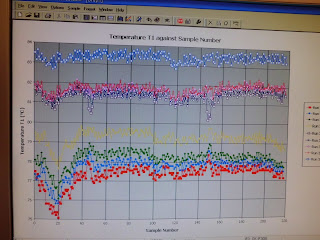Focus/Objectives of the Project:
Distillation is one of the most crucial industrial processes to separate different chemical components in a liquid mixture. Continuous distillation is designed to obtain moderately pure components, of which boiling points are different.
1. To investigate the steady state of distillation of a binary mixture under continuous operation.
2. To investigate the effect of reflux ratio on the performance of distillation columns.
3. To measure the chemical composition using a gas chromatography (GC)
4. To operate the distillation column based on product requirement.

























